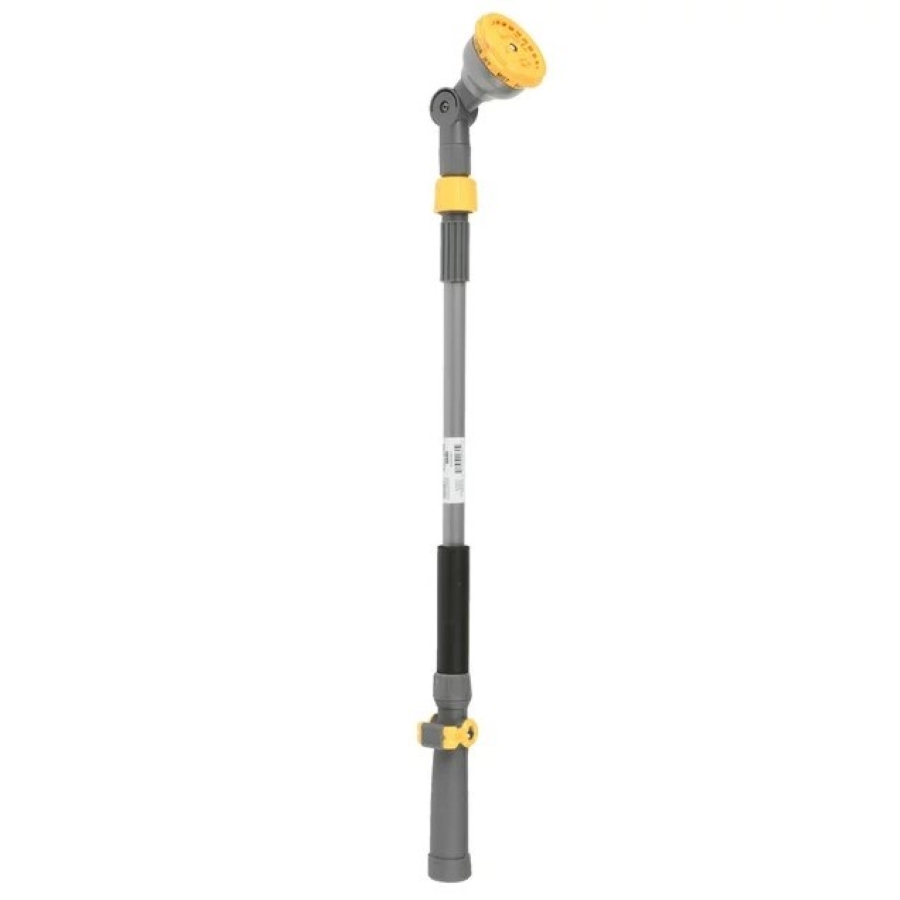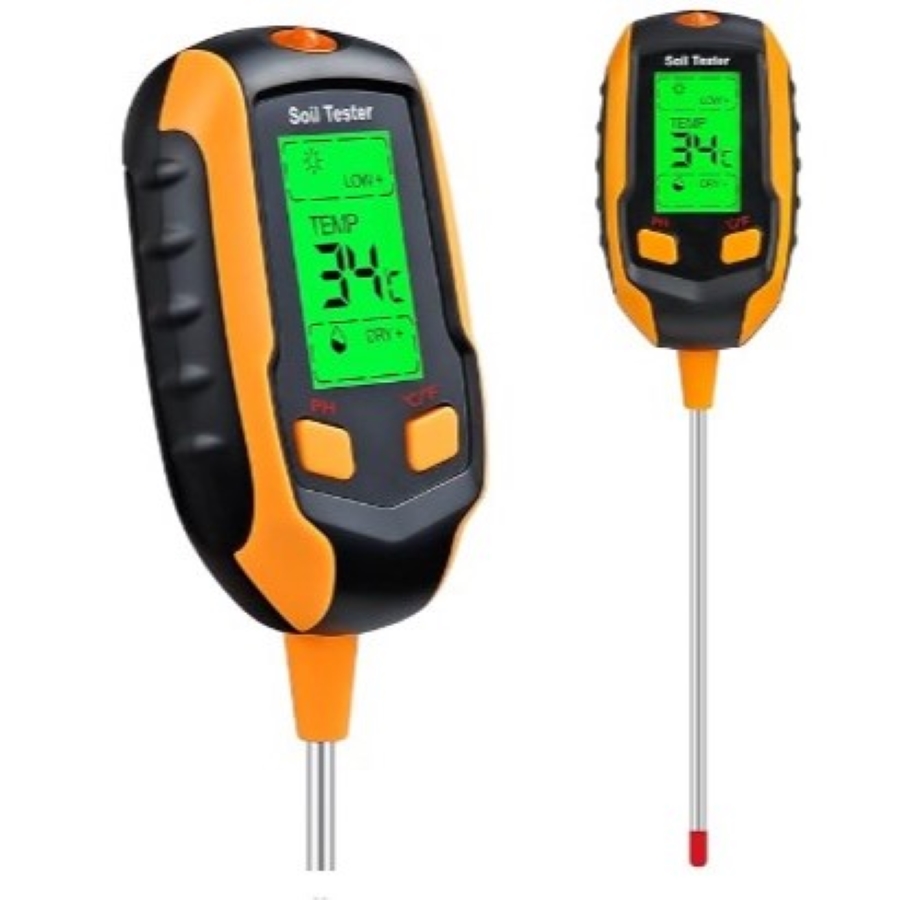How to water your backyard during fall - expert secrets to keep your backyard healthy
Our gardening experts reveal the dos and don'ts for fall watering to achieve the healthiest plant possible

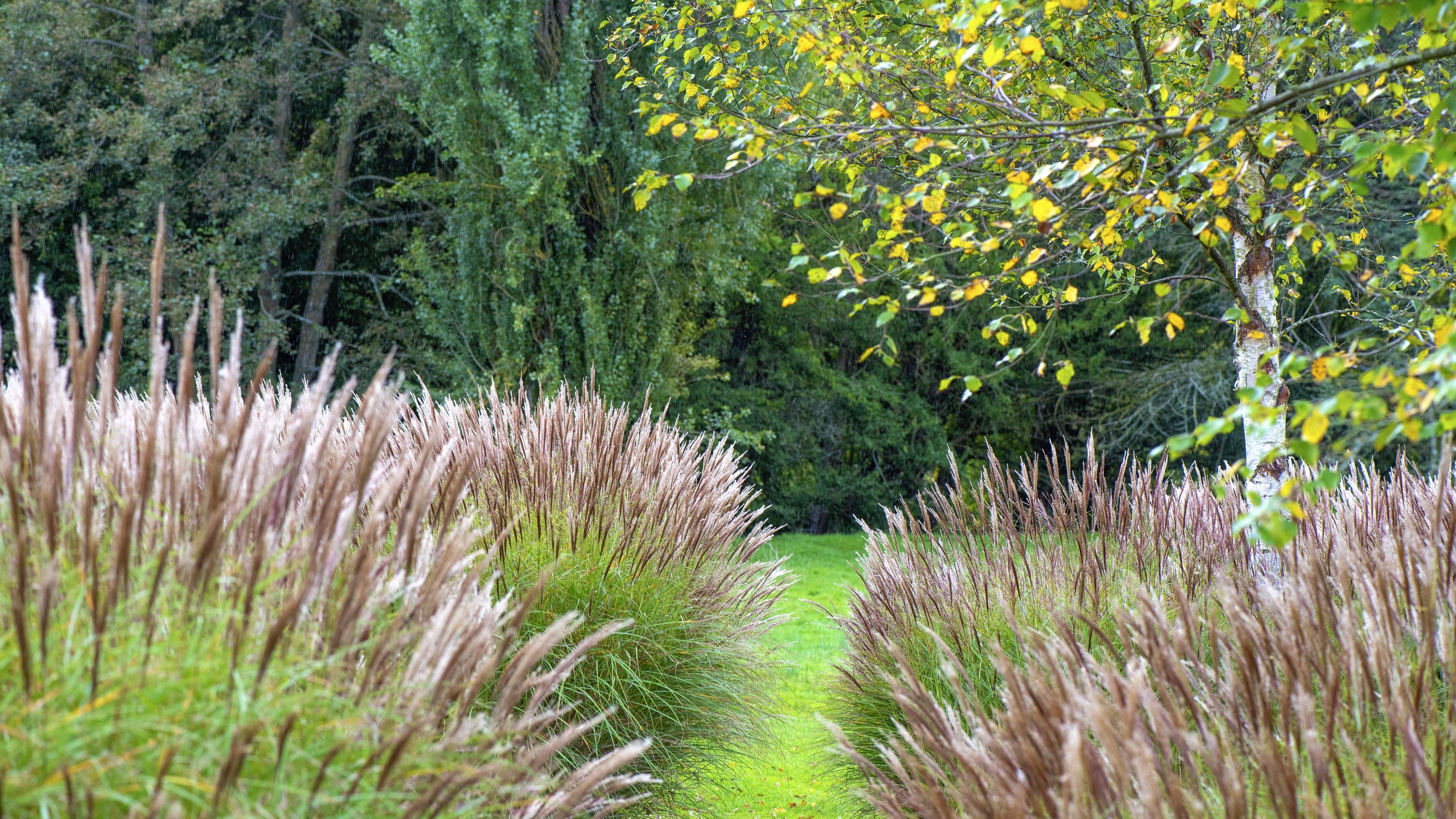
September is nearly over. This means there is no denying that fall is here, and the weather will only start getting worse. Gardening in this transitional period can be a difficult one to manage, and watering can seem impossible to figure out. It can feel redundant when we have days upon days of rain, but this thought might be misguided.
Often people see rain as a substitute for sufficient and strategic watering, but this is not the case. There is a specific way you should be watering your backyard through fall to ensure your plants maintain their full health and come back flourishing in spring. Underwatering is one of the biggest fall gardening mistakes one could make, fortunately, it is an easy one to fix.
We spoke to gardening experts to discover the correct way to water your garden this fall. Follow their advice for a happy and healthy backyard ahead of next spring.
Should I be watering during fall?
You might think, with all the rain, watering in fall is unnecessary, however, we have come to learn this belief is misguided. 'Watering your yard during the fall is essential,' says gardening expert and founder of Urban Organic Yield, Lindsey Hyland.
Although fall is a quiet month for plants compared with summer, they still require hydration and care. September is a crucial month for your lawn especially. 'While it's true that plants require less water in the fall due to cooler temperatures and slower growth rates, they still need moisture to maintain their health,' explains Lindsey. Watering during fall helps to keep your plants healthy while they prepare for the winter months. Without sufficient water, your plants could enter a stressful period in a dehydrated state, which creates profound problems for their overall health going forward.
When should I be watering?
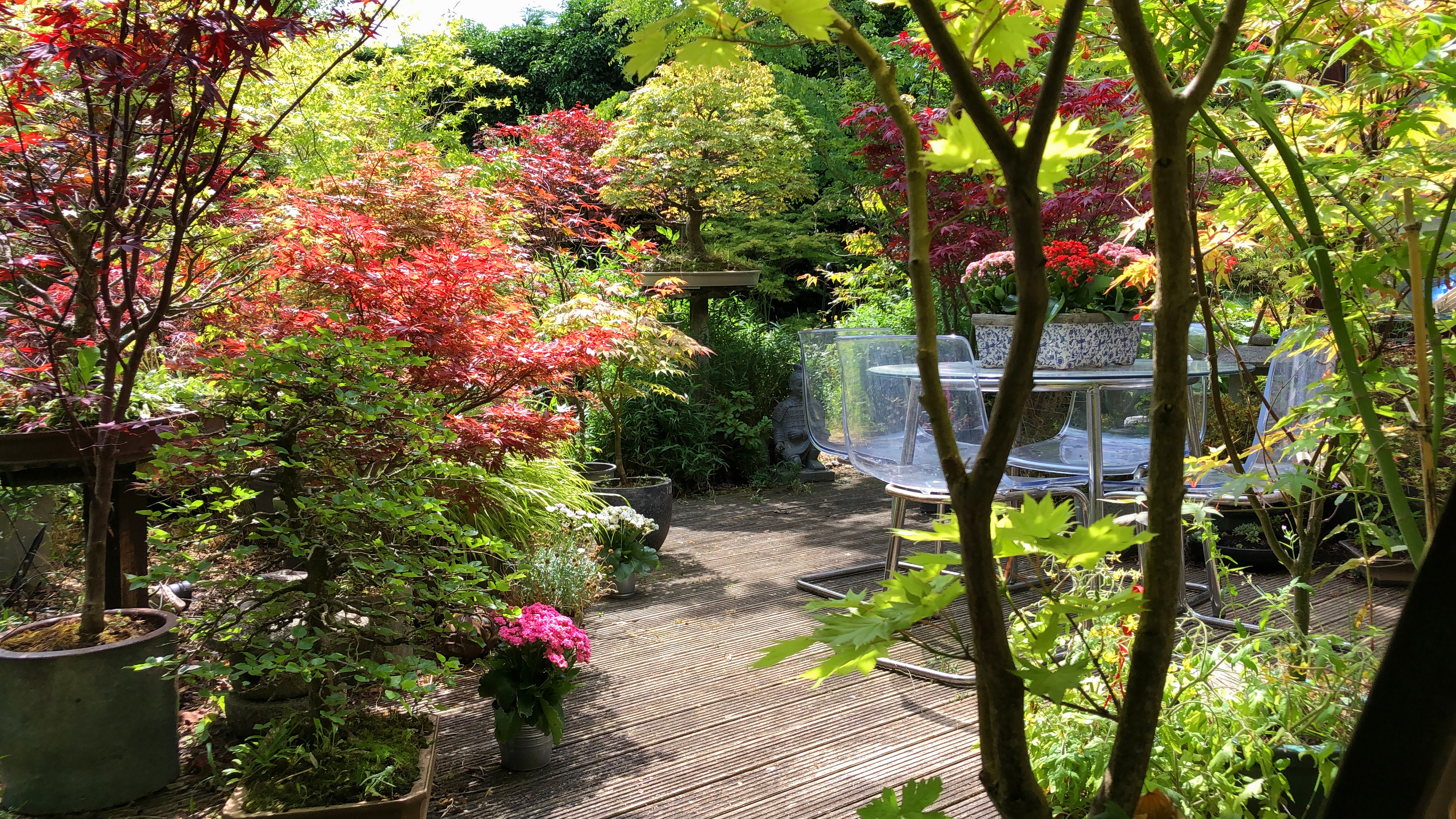
Timing is everything when it comes to watering, as you may have learned from the best time to water in summer. Watering in fall follows a similar principle that will not come as a surprise to most of you. It is all about water evaporation.
'The best time to water your yard during fall is early in the morning,' says Lindsey. Unlike summer watering this is not to ensure the water doesn't evaporate before it reaches the roots, it is to ensure the plant has the whole day to dry out before the cold night.
The Livingetc newsletters are your inside source for what’s shaping interiors now - and what’s next. Discover trend forecasts, smart style ideas, and curated shopping inspiration that brings design to life. Subscribe today and stay ahead of the curve.
The most important thing to remember when watering in the fall is to allow your plant enough time to absorb the water before the sun sets. 'Water tries to rest in the soil, surrounding the roots, and on the foliage during the night, which promotes rot, fungal growth, and insect activity,' explains Mike Lansing, managing editor at Planter's Digest and certified garden designer. For this reason, you should avoid watering at night.
How much should I be watering?
This question's answer is dependent on a few factors that you will need to consider before making a decision. 'The amount of water largely depends on various factors,' says Zahid Adnan from The Plant Bible, 'including the type of plants, soil composition, and local weather conditions.' These features will have a huge impact on the amount you should be watering, however, there are still a few rules you can follow to ensure your plants are getting enough.
'Generally, aim for deep watering that reaches the root zone,' says Zahid. Plants absorb water through their roots, to ensure the water is getting to the right places focus your watering here with a long nozzel watering can instead of liberally over the whole plant. 'The goal is to keep the soil consistently moist, not waterlogged,' he explains, to test this simply feel with your fingers 4-6 inches beneath the surface. If the soil feels dry you need more water.
New plants will require a bit more watering before the harsh winter arrives to ensure they have the strength to continue growing and survive the cold. 'Watering new plantings is especially important for evergreens, which are less forgiving in terms of drying out and do not lose their leaves through the winter,' explains Jessica Mercer gardening expert from Plant Addicts. As long as plants have leaves, they are still able to photosynthesize and grow, meaning they still require watering.
Fall watering mistakes to avoid
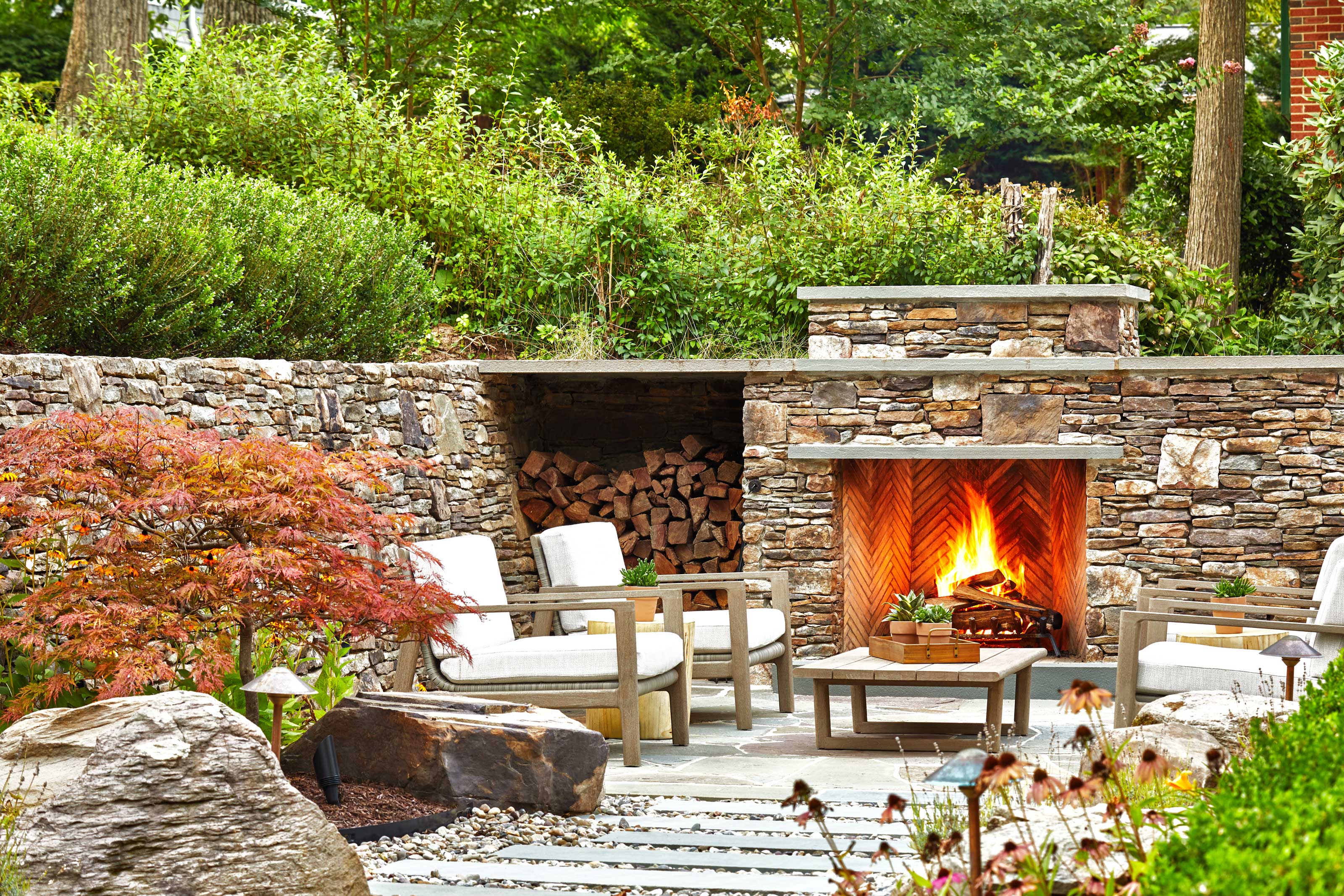
'One common mistake when watering in the fall is neglecting to adjust your
watering schedule,' says Lindsey. Continuing with your summer watering routine will quickly have an adverse effect on your backyard. 'Overwatering can lead to root rot and other fungal diseases,' she explains. Watering constitutes one of the biggest gardening mistakes made by beginners. Thankfully, following the steps of our experts will negate this issue.
On the other end of the spectrum, not watering enough is a mistake all our experts noted. 'A big mistake I see is shallow watering,' says Zahid, 'superficial watering doesn't encourage deep root growth, making plants more vulnerable during colder months.'
One tip we have gleaned is being responsive to your environment, many gardeners fail to observe the conditions of their plants or environment leading to poor choices. 'Don't ignore signs of dehydration,' says Zahid. 'Brown or dry patches on lawns and drooping, discolored leaves are signs that plants need water,' he explains. Equally, monitor the weather and adjust accordingly to avoid excessive watering.
By following these guidelines you can ensure your yard remains healthy through fall and into winter. Your hard work now will be rewarded come spring.
Gardening products you needs for a hydrated yard through fall

Formerly a news writer for Livingetc, Amy completed an MA in Magazine Journalism at City, University of London, and has experience writing for Women’s lifestyle publications across arts, culture, and beauty. She has a particular love for the minimalist aesthetic mixed with mid-century furniture, especially combining unique vintage finds with more modern pieces. Her previous work in luxury jewellery has given her a keen eye for beautiful things and clever design, that plays into her love of interiors. As a result, Amy will often be heard justifying homeware purchases as 'an investment', wise words to live by.

